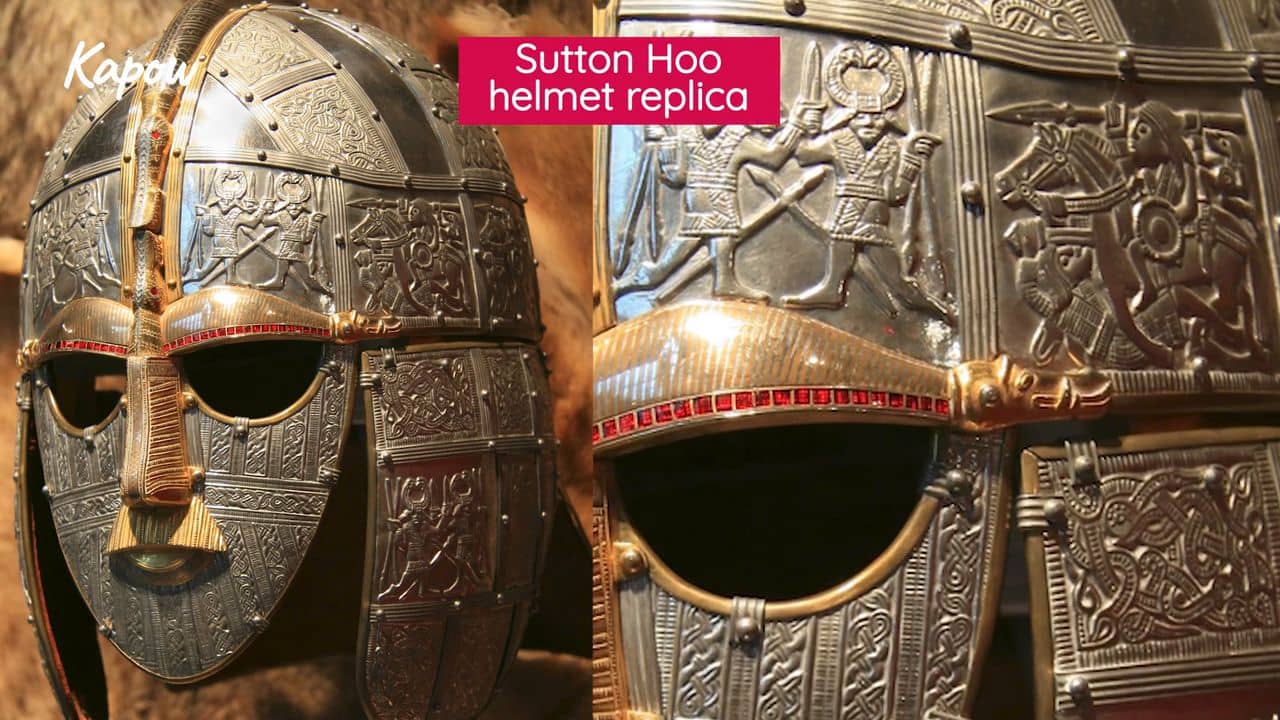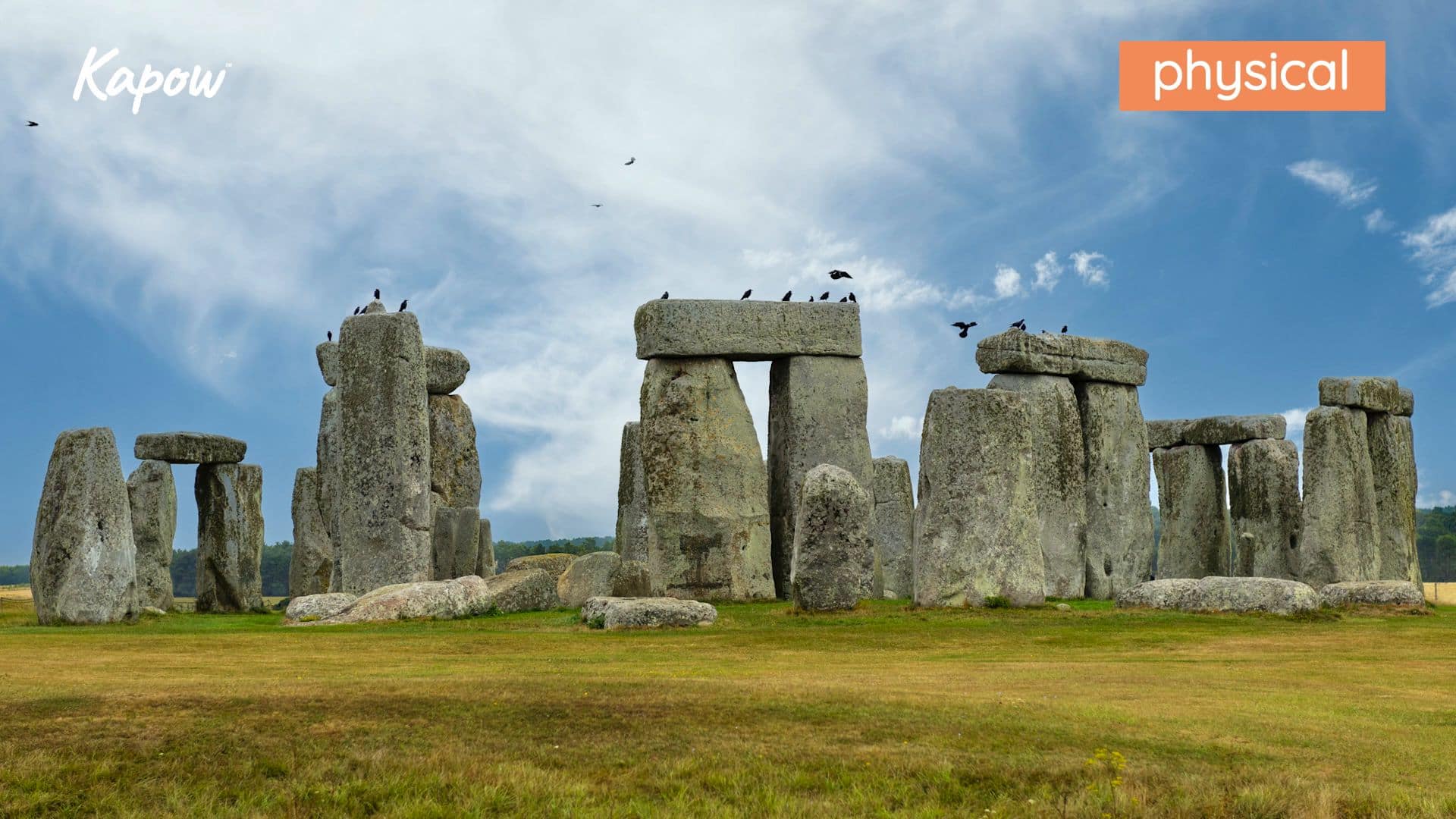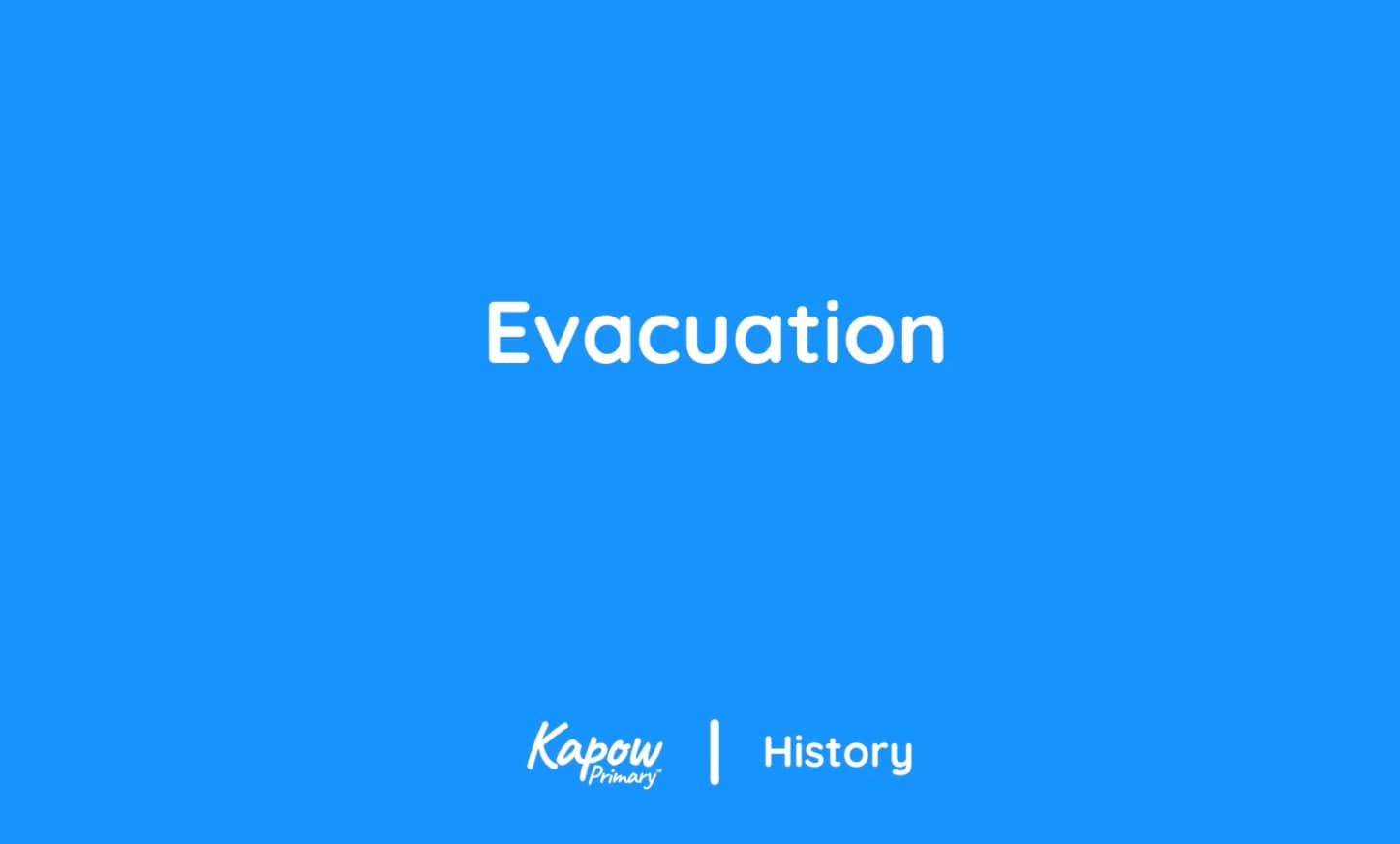This Science video introduces teachers to how pupils can use their knowledge of variation, inheritance, and adaptation to understand natural selection and the theory of evolution. Charles Darwin and Alfred Russel Wallace proposed that traits helping an organism survive or reproduce are more likely to be passed on, as nature “selects” the best adapted to compete for resources.
year: Year 6
Pupil video: Modelling natural selection
Pupil video: Galapagos finches
Teacher video: Modelling natural selection
This Science video introduces teachers to an investigation modelling Charles Darwin’s observations of finch beaks in the Galapagos. Pupils use tweezers and fingers as beaks and rice as food, timing how much can be transferred between containers in ten seconds.
Teacher video: Variation and inheritance
This Science video introduces teachers to the concepts of variation, inheritance, and adaptation, and how these factors affect survival. Variation is the difference between individuals of the same species, caused by the environment, genetics, or a combination of both. Environmental variation, such as accents, injuries, or hobbies, is influenced by lifestyle and surroundings and cannot be passed on to offspring.
Teacher video: Using sources
Teachers learn how to develop source-based enquiry from Reception to Year 6 and guide children in investigating the past in this History video.
Pupil video: What are sources?
Children explore different types of historical sources and learn to question their origins and reliability in this History video.
Teacher video: Evacuation
This History video introduces teachers to the key facts and context behind the evacuation of children during the Second World War. It explains who was evacuated, when and why, and explores the emotional and social impact of leaving home for the countryside. The video outlines how British civilians were affected by the threat of bombing, how evacuation was organised by the government, and what children experienced in their new rural homes. It uses real examples to show the wide range of experiences – both positive and negative – felt by evacuees and host families.
This video is part of Kapow Primary’s History scheme of work – War. It supports teachers in delivering lessons on life in Britain during World War II. It helps teachers feel confident in explaining the purpose, challenges, and legacy of wartime evacuation, offering historical context, first-hand accounts and classroom strategies. Teachers are encouraged to support children in developing empathy, critical thinking, and historical enquiry through discussion of real-life experiences and evidence from the time.
Pupil video: Lily Parr and Betty Snowball
This Kapow pupil video is part of the Kapow History scheme of work. It explores the stories of Lily Parr and Betty Snowball, two pioneering women in sport during the 1900s. Lily Parr was a talented footballer who began playing for the famous Dick, Kerr Ladies team before she was 16. She scored around 1,000 goals in her career and played matches in front of huge crowds, raising money for charity. Despite women being banned from playing football on official pitches in 1921, Lily and her teammates continued playing and even toured the United States.
Betty Snowball was another incredible sportswoman. Born in 1908, she played cricket for England and also represented Scotland in squash and lacrosse. She played in the first women’s cricket test match and once scored 189 runs in a single game, a record that lasted 50 years. After retiring, she became a teacher. Both Lily and Betty helped break barriers for women in sport, showing determination, talent and resilience, and inspiring future generations of female athletes.









